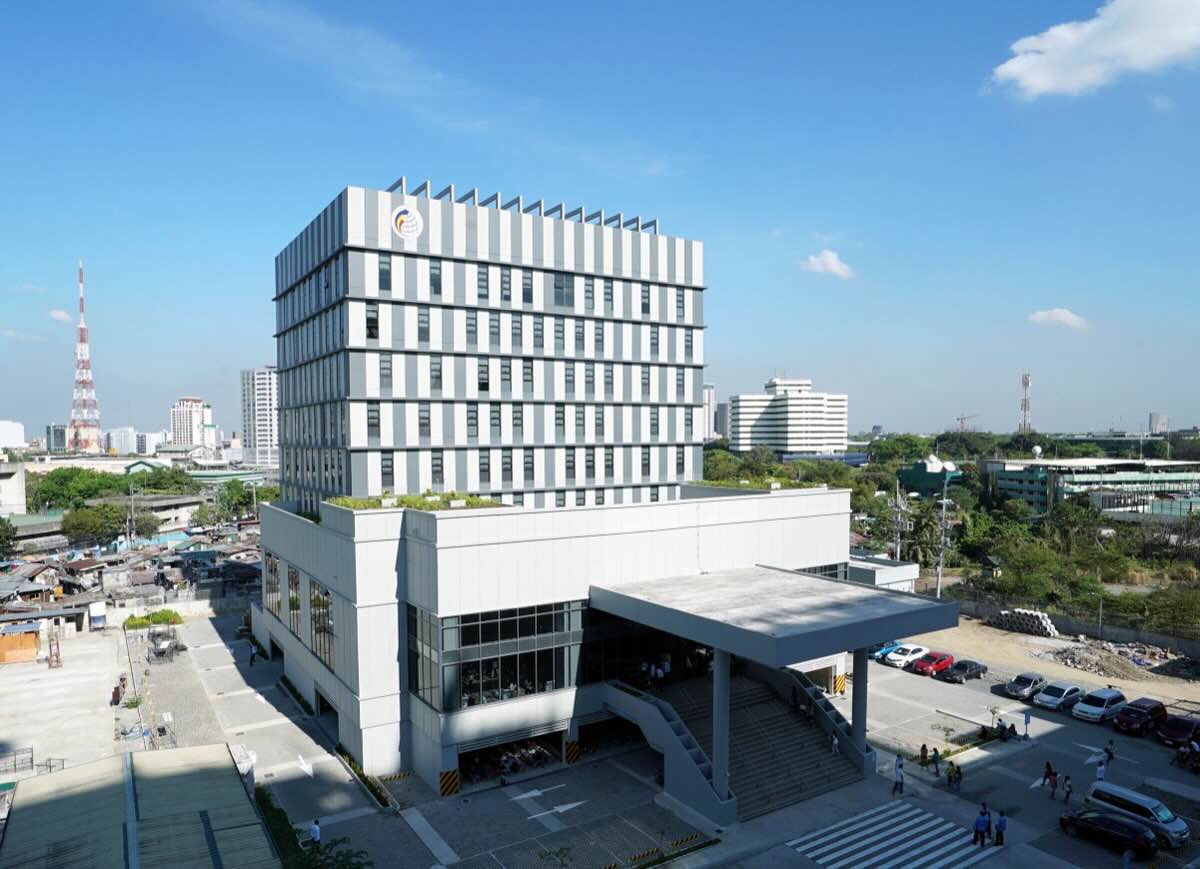PH economic growth slower than expected

The latest reading reported on Thursday by the Philippine Statistics Authority (PSA) turned out weaker than the 6.4-percent growth recorded in the comparable period in 2023. It also fell below market consensus estimate of 5.9-percent growth in the three months through March
High inflation and borrowing costs tempered the first quarter growth of the Philippine economy, causing it to miss the government target as tight financial conditions choked both consumer and government spending.
Gross domestic product (GDP), or the sum of all goods and services produced within the country, grew 5.7 percent year-on-year in the first quarter, faster than the revised 5.5- percent expansion in the fourth quarter of 2023 but slower than the Marcos administration’s 6 to 7 percent target. The latest reading reported on Thursday by the Philippine Statistics Authority (PSA) turned out weaker than the 6.4-percent growth recorded in the comparable period in 2023. It also fell below market consensus estimate of 5.9-percent growth in the three months through March.
Secretary Arsenio Balisacan of the National Economic and Development Authority (Neda) attributed the slower-than-expected growth in the first quarter to persistently high prices and the anti-inflation interest rate hikes that crimped household and state spending.
“It’s a combination of factors, both domestic and external. On the domestic front, obviously, [the biggest factors were] the elevated inflation and the high interest rates,” Balisacan told a press conference.
Latest data showed inflation had quickened to 3.8 percent in April, from 3.7 percent in March, on the back of high food prices amid the El Niño onslaught and high transport costs. Analysts said the faster price gains would likely prompt the Bangko Sentral ng Pilipinas (BSP) to keep its policy rate unchanged at a 17-year high of 6.5 percent on May 16 when its policy-making Monetary Board holds its next rate setting.
Banks use the BSP rates as a benchmark when charging interest on various loan products. By making borrowing costs more expensive for everyone, the central bank wants to avoid having too much money chasing too few goods, thereby taming inflation.
Consumer spending slowdown
That said, a high-interest rate environment can slow the local economy, which historically gets 70 percent of its fuel from consumption. Such a weakness is already showing in the latest GDP report.
PSA data showed household spending growth had eased to 4.6 percent in the first quarter, from 5.3 percent in the final three months of 2023. This was the weakest reading since a 4.8-percent contraction at the height of COVID-19 pandemic in the first quarter of 2021.
“First quarter—in and of itself—was rather forgetful otherwise, particularly in terms of private domestic demand, as we warned,” Miguel Chanco, economist at Pantheon Macroeconomics, said.
Meanwhile, government spending grew 1.7 percent in the January to March period, reversing the 1-percent decline in the preceding three months but still lower than the 6.2-percent uptick in the first quarter of 2023. Balisacan said the extremely hot weather had disrupted construction activities, likely slowing down government expenditures on infrastructure as a result.
The softer readings, in turn, offset the 7.5-percent exports rebound.
Moving forward, the Neda chief said the government would continue to catch up on its spending so it can make a bigger contribution to the second quarter GDP growth.
“The major aspect of a portion of government expenditure that would have been released in the first quarter was released in April, a bulk chunk, and that’s for the second quarter,” he said.
Subdued
Despite the headwinds, the first quarter GDP growth rate was about the same pace as Vietnam’s, and surpassed other major economies such as China at 5.3 percent, Indonesia at 5.1 percent and Malaysia at 3.9 percent.
But analysts believe that chasing a 6-percent growth would be difficult for the Philippines as long as interest rates remain high.
“With growth in remittances set to slow on the back of weaker growth abroad and elevated interest rates at home weighing on credit demand, domestic demand is likely to remain subdued for the rest of the year,” said Shivaan Tandon, economist at Capital Economics.
“Overall, we are sticking with our below-consensus forecast for 5.5 percent growth in the Philippines this year,” Tandon added.
For Nicholas Mapa, senior economist at ING Bank in Manila, the growth momentum at this point “appears to be slowing.”
“Today’s GDP report moves in line with our expectation that full-year growth will settle below the official government target of 6 to 7 percent at 5.4 percent,” Mapa said. INQ















